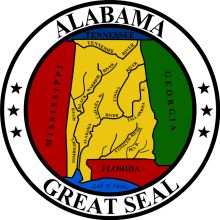Satellite Internet Access, the Future of Cable, and Small Fiber ISPs – Episode 1 of Connect This!
This week Christopher brings together Doug Dawson (Owner and President, CCG Consulting), Monica Webb (Head of Marketing Development and Strategic Partnerships, Ting) and returning guest Travis Carter (CEO, US Internet).
The group first discusses Low-Earth Orbit satellite Internet access in the context of SpaceX’s Starlink public beta launch, and what it means for connecting unserved Americans in both urban and rural areas. Then, they dig into the future of cable as a wireline broadband technology, with frank talk about its longevity in the face of fiber as the industry begins talking about the penetration of DOCSIS 3.1 and future moves to DOCSIS 4.0. Finally, Christopher, Doug, Monica, and Travis spend time tackling the question of why we don’t see more small, private Internet Service Providers (ISPs) doing fiber projects in urban areas. They debate, for instance, Right-of-Way issues and the problem of access to capital.
Subscribe to the show using this feed.
Email us [email protected] with feedback and ideas for the show.




